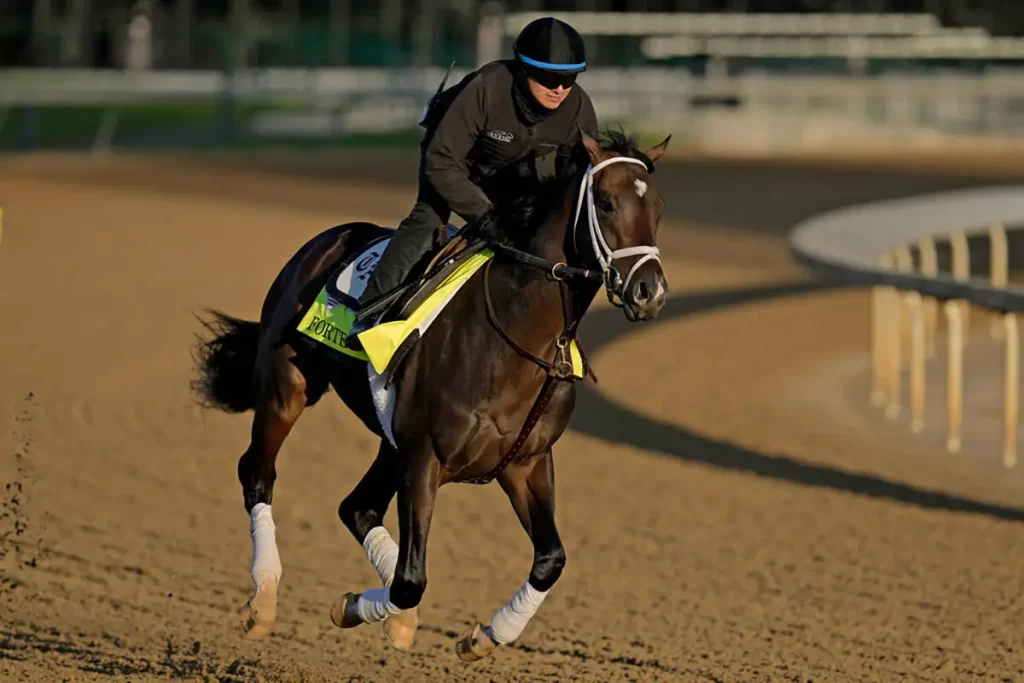The Role of Odds in Horse Racing

Odds reflect the perceived probability of an outcome, such as a horse winning a race. They provide bettors with an understanding of what results may occur and establishes potential payouts from successful wagers.
Horse racing odds are displayed on a tote board and change as bets are placed. Their volatility depends on public sentiment; as more money is placed on one horse, its odds decrease accordingly.
Odds are a reflection of the perceived probability of a particular outcome
Horse racing odds reflect the perceived probability that certain outcomes will occur, providing players with valuable information regarding potential payouts of their bets. Odds can differ significantly, changing with industry news or wager amounts shifting the available prices; an odds tracker is an efficient way to monitor these changes and help identify where there may be opportunities for greater value betting on horses races.
Odds for each race are calculated based on the total amount betted; then a portion, known as “take-out,” will be held back by the racetrack before paying out winning bettors from remaining funds – this method is known as pari-mutuel betting.
North American bettors generally offer three main categories of wagers: win, place and show. Additionally, exotic bets like parlays and accumulators may be placed. Odds can either be represented in fractional or decimal formats, with fractional odds usually used since horse racing first started; these odds often appear as 2-1 or 7-2 odds wherein one number represents how much is up for grabs, while another represents how many units must be risked in order to achieve that amount as your expected win amount.
Before each race, tracks release morning lines; this are projections of odds for that day’s races and should serve as an indication for bettors – though actual payouts may differ considerably due to odds that change frequently leading up to and during each race, even after bets have been placed.
They are determined by bookmakers
Odds are determined by bookmakers based on their estimation of the likelihood that an outcome will occur, with horse racing odds being displayed either decimal or fractionally; decimal odds being more commonly used in Australia, Canada, and Europe while fractional ones in the United States. A horse with odds of 6/1 means that each dollar bet results in six dollars plus your original bet amount being returned back as winnings.
Horse race odds can fluctuate drastically leading up to race day, changing as money comes in on certain horses. Oddsmakers set morning lines as predictions of where odds might close in a particular win pool racer’s favor; these are then displayed on television screens, computer monitors and tote boards at racetracks.
Horse racing is a beloved American pastime that involves Thoroughbreds and Standardbreds competing on flat tracks. Races generally last a predetermined distance with those with higher chances of victory known as favorites often being offered lower odds than longshots; odds calculations depend on total bets placed per horse in a given race, and therefore can vary from race to race.
They are influenced by the number of bets
Horse racing odds can be determined by several different variables, including the amount of bets placed on an event. When more money is bet on one horse over its rivals, its odds will become less costly due to perception that its chance of victory has increased significantly.
Odds can also be affected by a horse’s reputation, which is often determined by their jumping style. If an unfavorable impression of any kind has developed on them, its odds will shorten accordingly; but keep in mind that its standing does not necessarily indicate its chances of victory.
Equipment also plays an integral part in determining a horse’s odds, with new headgear improving concentration levels more quickly than old equipment used previously.
Show bets combine win and place bets into one bet that pays out if the horse finishes among the top three places in any given race, typically as either 1/4th or 1/5th of odds, depending on its type and number of runners. Show bets have become popular with punters due to their competitive odds and potential profit potential; however, late scratchs could wreak havoc with your betting plan due to veterinarian recommendations, trainer requests or late injuries (like accidentally kicking something metal while saddling). Show bets can also make great entertainment options with their payout potentials being 1/4th or fifth of odds depending on race type/# of runners in their race type/type/runner type/type/number of runners/race type/number of Runners etc if executed properly – however.
They are a form of gambling
Beginners to horse racing betting may find the tote board and its odds, such as 2-1 or 6-5, intimidating; but understanding how horse racing odds are calculated will allow you to find value in your bets.
Odds are calculated based on probability, and expressed either fractionally or decimally. Fractional odds typically come in fractional form – e.g. 4/1 or 9/2 which indicates that for every unit you staked you will receive four units back if successful (plus your original stake). Decimal odds typically appear as either 1.0 or 5.0 in horse race bookmakers’ formats.
Horse races are competitions where horses of various breeds compete against one another in races. Thoroughbreds and Standardbreds are two main breeds used to race; both can run flat racing. Horse racing in the United States typically utilizes pari-mutuel wagering where any money wagered on any one horse is distributed among multiple pools with winner odds determined by total amount bet, minus track takeout percentage.
Before each race, an oddsmaker will issue a morning line as a projection of where odds will close; these morning lines have no direct bearing on potential payouts; as more money comes into certain horses, their odds will drop; in contrast, those not drawing much interest will see theirs increase.






